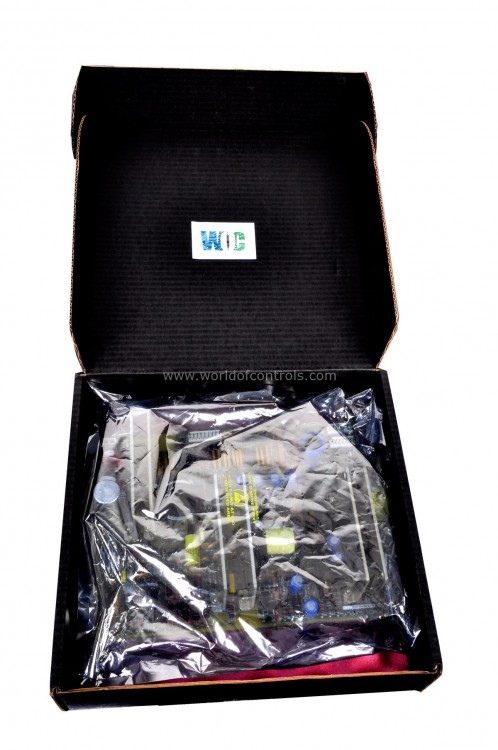
World Of Controls understands the criticality of your requirement and works towards reducing the lead time as much as possible.
DS200TCCAF1ACC - Software EPROM is available in stock which ships the same day.
DS200TCCAF1ACC - Software EPROM comes in UNUSED as well as REBUILT condition.
To avail our best deals for DS200TCCAF1ACC - Software EPROM, contact us and we will get back to you within 24 hours.
Part Number: DS200TCCAF1ACC
Manufacturer: General Electric
Series: Mark V
Product type: Software EPROM
Availability: In Stock
Country of Manufacture: United States (USA)
DS200TCCAF1ACC is a Software EPROM designed and developed by GE. It is a part of the Mark V control system. The EPROM contains specific software and firmware that is essential for the operation and control of the Mark V system.
Pulse rate inputs are a crucial component of the Mark V Turbine Control System, primarily employed for monitoring turbine shaft speed using magnetic speed sensors.
WOC is available 24x7 to assist you with any of your General Electric requirements. Please contact us by phone or email for pricing and availability on GE, Bently Nevada or Woodward parts and repairs.
What is DS200TCCAF1ACC?
It is a Software EPROM designed and developed by GE
How many speed sensors can be used in a Simplex configuration, and why is this flexibility important?
In a Simplex configuration where redundancy is not the primary concern, you can still utilize up to three speed sensors. This flexibility provides backup monitoring and helps maintain turbine safety in the absence of redundancy.
What is the frequency range of the speed sensors that the Mark V system can interface with?
The Mark V system can interface with both standard passive and optional active speed sensors, covering an effective frequency range from 2 to 10,000 Hz. This wide frequency range allows the system to capture speed data across a broad spectrum, from slow rotations to high-speed turbine operation.
How sensitive is the system's circuitry in detecting changes in speed, and why is this sensitivity important?
The system's circuitry is highly sensitive, capable of detecting even minor changes of two RPM (Revolutions Per Minute) on a 60-tooth wheel. This level of sensitivity is crucial for determining whether the turbine is stationary or in motion, contributing to safety and operational precision.